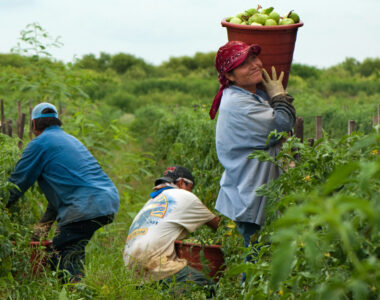
The U.S. Department of Agriculture is investing $750 million to build a new Texas screwworm facility in Edinburg. This project will be the nation’s first domestic sterile fly plant in decades. It will play a central role in eradicating the New World screwworm, a devastating parasite that threatens livestock, pets, and even people.
What Is the Screwworm Threat?
The New World screwworm (Cochliomyia hominivorax) is a parasitic fly whose larvae consume the healthy tissue of warm-blooded animals. Left untreated, infestations can lead to severe infections or death. The pest was eradicated from the U.S. in the 1980s, but recent outbreaks in Latin America have raised alarms about a potential reintroduction.
Why the Texas Screwworm Facility Matters
The new Texas screwworm facility will produce up to 300 million sterile male flies per week using the proven sterile insect technique (SIT). When sterile males are released into the environment, they compete with wild males for mates. Because female screwworms only mate once, the result is nonviable eggs and a sharp decline in wild populations.
Until now, the U.S. relied on overseas facilities in Panama and Mexico for sterile fly production. By building in Texas, the USDA ensures faster response capability, greater production capacity, and reduced reliance on foreign infrastructure.
Economic Protection for Farmers and Ranchers
Without continued vigilance, a screwworm outbreak in Texas or elsewhere could cost American agriculture billions of dollars in losses. Estimates suggest over $1 billion in livestock production damage and up to $3.7 billion in economic fallout if screwworms were to return. The Texas screwworm facility is a direct safeguard against that risk.
Broader Strategy Beyond the Facility
The USDA and state partners are backing this effort with additional measures:
- $100 million for new technologies, traps, detection dogs, and enhanced surveillance.
- A modernized sterile fly dispersal hub at Moore Air Base.
- Temporary restrictions on livestock imports from Mexico.
- Cross-border cooperation with Mexico and Panama to push the screwworm population back to the Darién Gap.
A Strong Future for U.S. Agriculture
Construction of the Texas screwworm facility is expected to take two to three years, but interim measures are already in place to protect U.S. herds. For farmers and ranchers, this investment represents more than a biosecurity upgrade—it is peace of mind that the nation is prepared to protect livestock health and safeguard the food supply.



